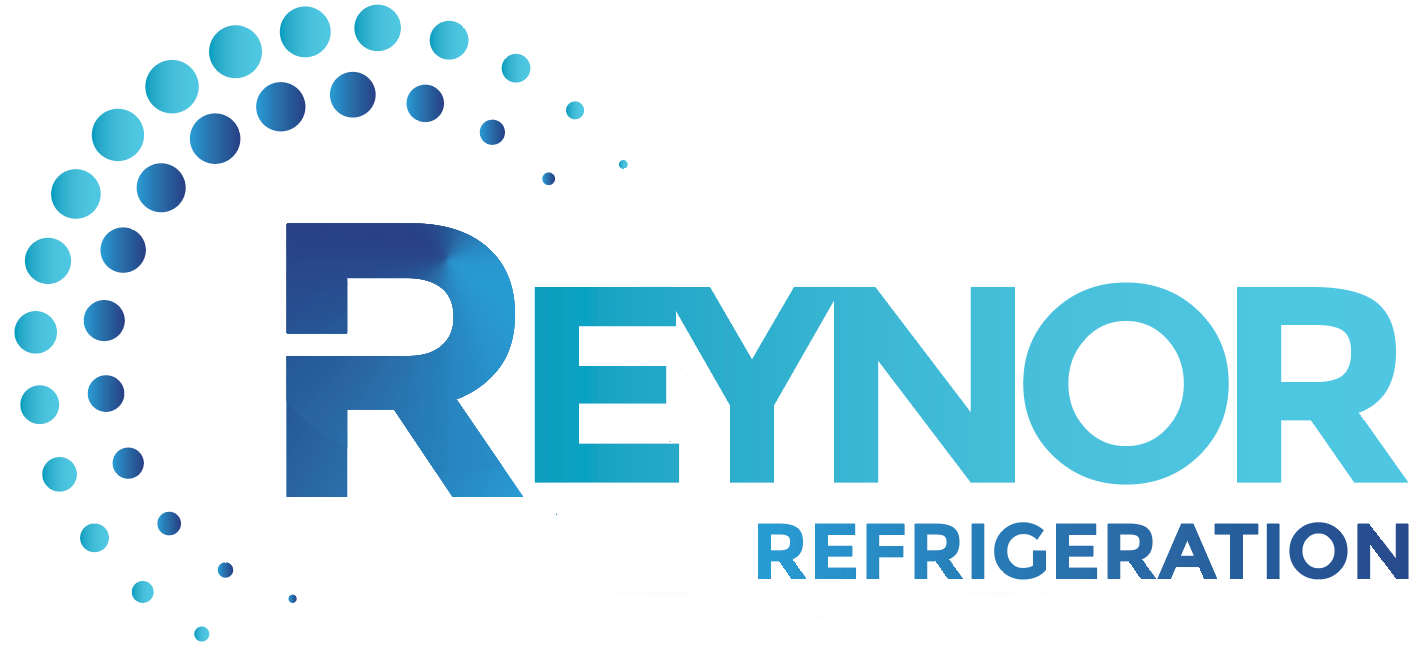In today’s fast-paced business world, cutting costs is a top priority for every company. One often-overlooked area where significant savings can be achieved is the maintenance of refrigeration equipment. Proper care not only extends the lifespan of your equipment but also reduces energy consumption and ultimately saves you money. In this cost-effective guide, we’ll delve into the essential aspects of maintaining your refrigeration equipment for maximum cost-effectiveness.
Regular Inspection and Cleaning
The first step in ensuring the longevity of your refrigeration equipment is regular inspection and cleaning. Dust, dirt, and debris can accumulate on the condenser coils, causing your system to work harder and consume more energy. Schedule routine checks to ensure the coils are clean and unobstructed. Additionally, check for any leaks, unusual noises, or temperature fluctuations, as these could indicate potential problems.
Proper Temperature Settings
Optimizing your refrigeration equipment’s temperature settings can significantly impact your energy bills. Adjust the thermostat to the recommended temperature range for your specific needs. Keeping the unit too cold can result in unnecessary energy consumption, while a warmer setting might compromise food safety. Finding the right balance is crucial.
Seal Maintenance
Faulty door seals can cause your refrigeration equipment to work overtime. Check the gaskets for wear and tear and replace them as needed. A well-maintained seal ensures that cold air remains inside the unit, preventing energy wastage.
Regular Maintenance Contracts
Consider investing in a maintenance contract with a professional refrigeration service provider. These contracts often include routine inspections, cleaning, and repairs. While there is an initial cost, these contracts can save you money in the long run by preventing costly breakdowns and ensuring that your equipment operates at peak efficiency.
Upgrading Outdated Equipment
If your refrigeration equipment is old and inefficient, it may be time for an upgrade. Newer models are designed to be more energy-efficient and environmentally friendly. While there is an initial cost to consider, the long-term savings and improved performance can be substantial.
Energy-Efficient Lighting
Opt for energy-efficient lighting inside your refrigeration units. LED lights, for example, consume significantly less energy compared to traditional bulbs. Not only does this save on electricity costs, but it also reduces the heat generated inside the unit, making your equipment run more efficiently.
Preventative Measures
Taking proactive steps to prevent issues can be highly cost-effective. Regularly defrosting your freezer units, keeping the area around your equipment clean, and ensuring proper ventilation can go a long way in reducing energy consumption and preventing costly repairs.
Conclusion
Use of this cost-effective guide and roper maintenance of your refrigeration equipment is a vital aspect of reducing costs and increasing energy efficiency within your business. By taking the time to inspect, clean, and invest in energy-saving measures, you can extend the life of your equipment and significantly cut operational expenses. Remember, a well-maintained refrigeration system not only saves money but also ensures your products stay fresh and safe for your customers. You can also find useful tips here to help you maintain your refrigeration system.
